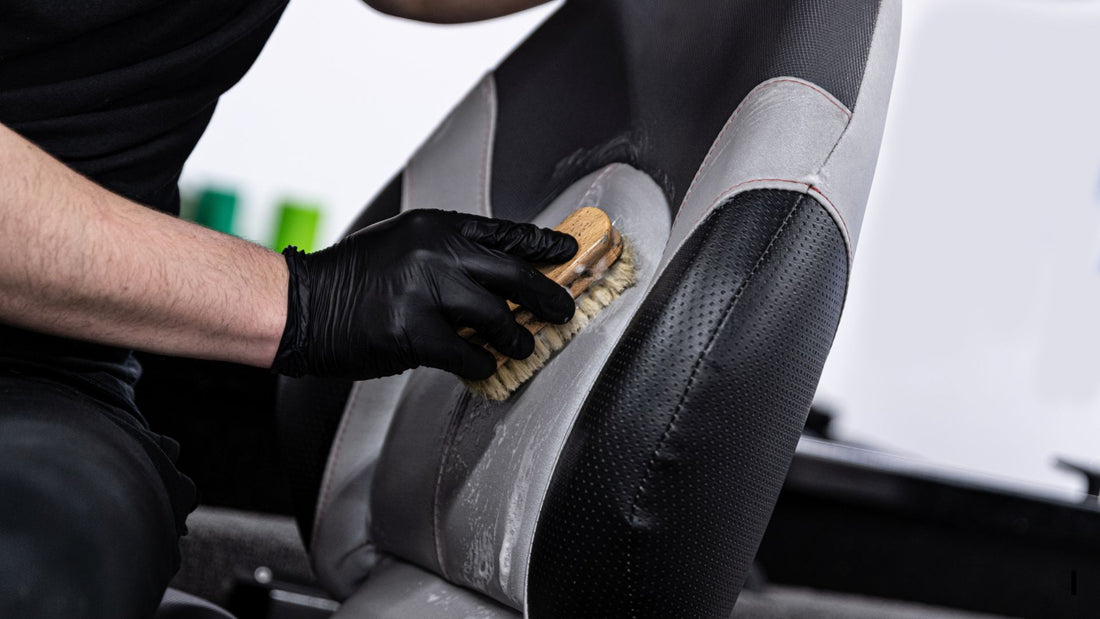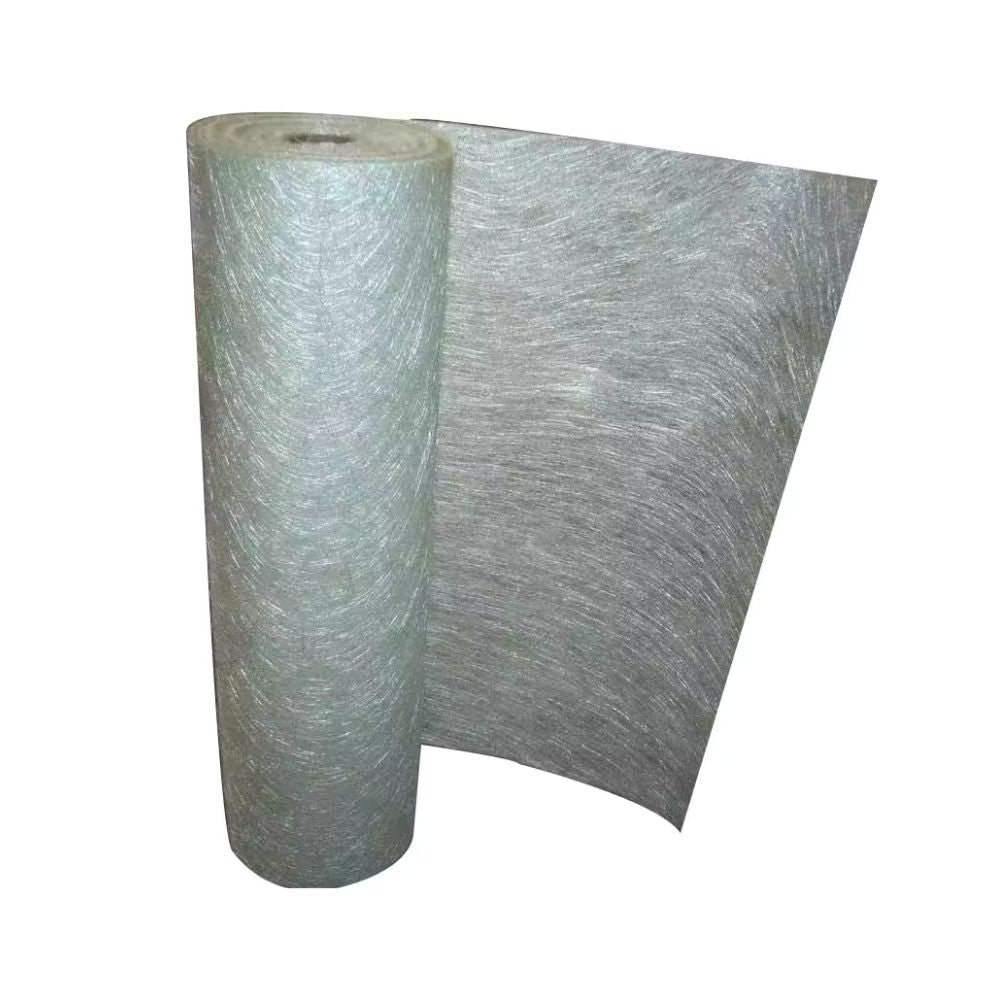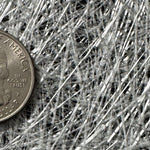
Essential Tips for Cleaning Boat Seats
Essential Tips for Cleaning Boat Seats
Owning a boat is a delightful experience, offering countless hours of enjoyment on the water. However, maintaining the pristine condition of your boat, especially the seats, requires regular attention. Boat seats are often exposed to harsh elements such as sun, saltwater, and rain, making them susceptible to mold and mildew. This guide will provide you with essential tips for cleaning boat seats, ensuring they remain in tip-top shape.
Understanding the Importance of Regular Cleaning
Boat seats, particularly those made of vinyl, are prone to developing mold and mildew if not cleaned regularly. These unsightly stains not only mar the appearance of your seats but can also lead to unpleasant odors and deterioration of the material over time. Regular cleaning helps prevent these issues and extends the life of your boat seats.
How to Clean Moldy Boat Seats
Cleaning moldy boat seats might seem daunting, but with the right approach, it's a manageable task. Here’s a step-by-step guide to help you tackle the mold effectively.
Step 1: Gather Your Supplies
To clean moldy boat seats, you will need:
- A soft-bristle brush
- A bucket
- Mild detergent or specialized boat vinyl cleaner
- White vinegar or a commercial mold remover
- A microfiber cloth or sponge
- Freshwater
Step 2: Prepare the Cleaning Solution
Mix a solution of mild detergent and water in your bucket. If you are dealing with stubborn mold, consider using a specialized cleaner or a mixture of white vinegar and water. Vinegar is a natural mold killer and is safe for most boat surfaces.
Step 3: Scrub the Seats
Dip your soft-bristle brush into the cleaning solution and gently scrub the moldy areas. Be sure to use gentle, circular motions to avoid damaging the vinyl. For stubborn mold spots, apply the cleaning solution directly and let it sit for a few minutes before scrubbing.
Step 4: Rinse Thoroughly
Once you have scrubbed away the mold, rinse the seats thoroughly with fresh water to remove any leftover cleaning solution. This step is crucial to prevent any residue from attracting more dirt or causing discoloration.
Step 5: Dry the Seats
Use a microfiber cloth or sponge to dry the seats completely. Leaving them wet can encourage the growth of mold and mildew, undoing all your hard work.
How to Clean White Vinyl Boat Seats
White vinyl boat seats are particularly susceptible to stains and discoloration. Here’s how to clean them effectively:
Use a Vinyl Cleaner
Specialized vinyl cleaners are formulated to remove dirt and stains without harming the material. Apply the cleaner as directed, usually by spraying it on the seat and wiping it off with a clean cloth.
Avoid Harsh Chemicals
While bleach can be effective at removing stains, it can also damage vinyl and cause it to become brittle over time. Stick to cleaners specifically designed for vinyl to ensure the longevity of your seats.
Protect Against UV Damage
White vinyl is prone to sun damage. Applying a UV protectant after cleaning can help shield your seats from harmful rays and keep them looking new.
How to Clean Mildew Off Boat Seats
Mildew is another common issue for boat seats. Follow these steps to remove it effectively:
Step 1: Identify Mildew Growth
Check your seats for signs of mildew, which often appears as black or white speckles. Early detection makes cleaning easier and more effective.
Step 2: Apply a Mildew Remover
Use a commercial mildew remover specifically designed for boat seats. Apply it according to the manufacturer's instructions, usually by spraying it directly on the affected areas.
Step 3: Scrub Gently
Using a soft brush or cloth, gently scrub the mildew spots. Avoid using too much force, as this can damage the seat material.
Step 4: Rinse and Dry
Rinse the seats thoroughly with fresh water and dry them completely. Proper drying is key to preventing mildew from returning.
Preventative Measures for Boat Seat Maintenance
Regular maintenance is essential to keep your boat seats clean and free from mold and mildew. Here are some preventative measures you can take:
Cover Your Boat
Invest in a high-quality boat cover to protect your seats from the elements when the boat is not in use. This simple step can significantly reduce exposure to sun and rain.
Clean Regularly
Develop a regular cleaning routine to keep your seats in good condition. Even a quick wipe down with a damp cloth after each use can make a big difference.
Ventilate Your Boat
Ensure your boat has adequate ventilation to prevent moisture build-up, which is a primary cause of mold and mildew.
Conclusion
Maintaining clean and attractive boat seats requires regular care and attention. By following these essential tips, you can keep your seats looking great and extend their lifespan. Remember, the key to preventing mold and mildew is regular cleaning and proper storage. With the right techniques and a little effort, your boat seats will continue to provide comfort and support for many adventures to come.
Prev post

Top Boat Wax and Polish Products Reviewed
Updated on 01 November 2024
Next post

Yacht Detailing Guide
Updated on 11 July 2024




















